Climbing Aconcagua via the Normal Route is a challenging yet achievable goal for experienced mountaineers. While it is the most popular and non-technical route to the summit, it still demands proper preparation due to its altitude, extreme weather conditions, and physical demands.
Entering the park through Confluencia, you need a permit, which your expedition company will have arranged in advance.
The Ascent Journey
- Day 1: A 5-hour hike from the park entrance to Confluencia, where you spend the night.
- Day 2: Acclimatization hike to Plaza Francia and back, spending a second night at Confluencia.
- Day 3: A challenging 8-hour hike to Plaza de Mulas (Base Camp), where altitude starts taking its toll.
Halfway to Plaza de Mulas, I began experiencing breathing difficulties and nausea but pushed on to reach the base camp.
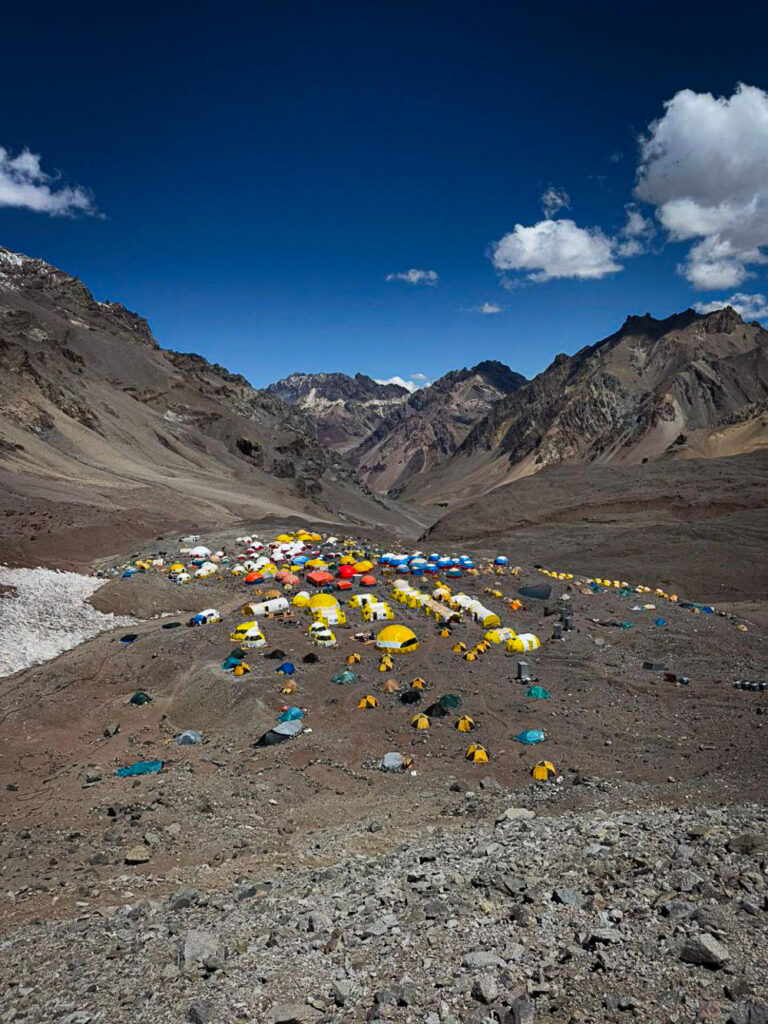
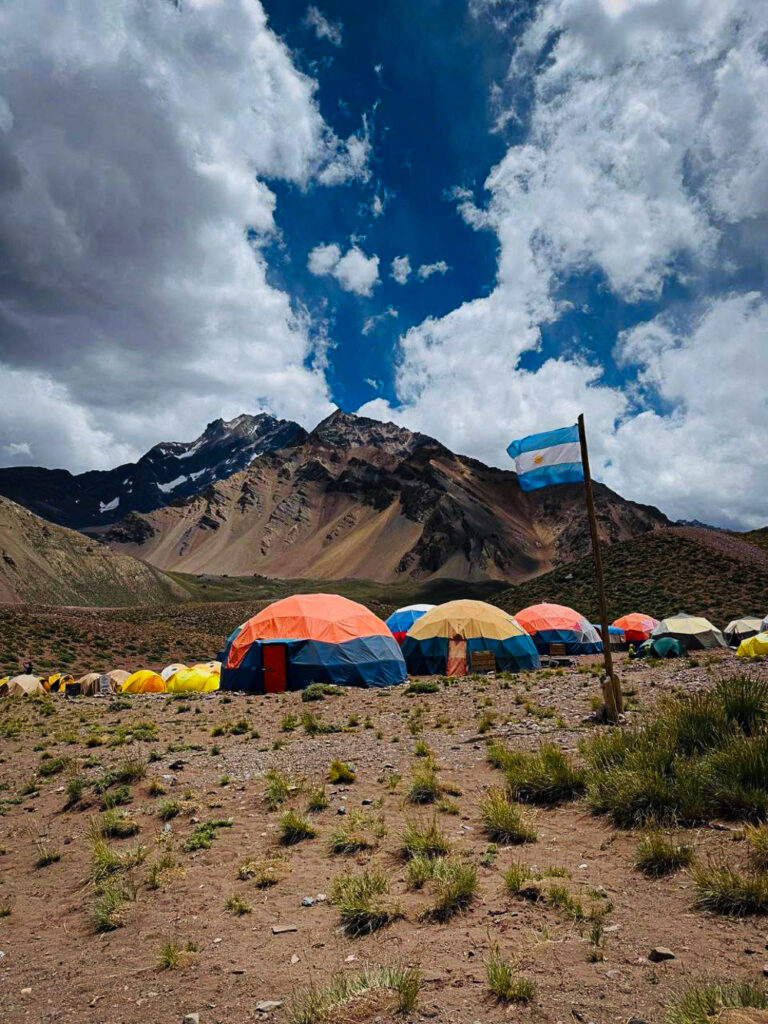

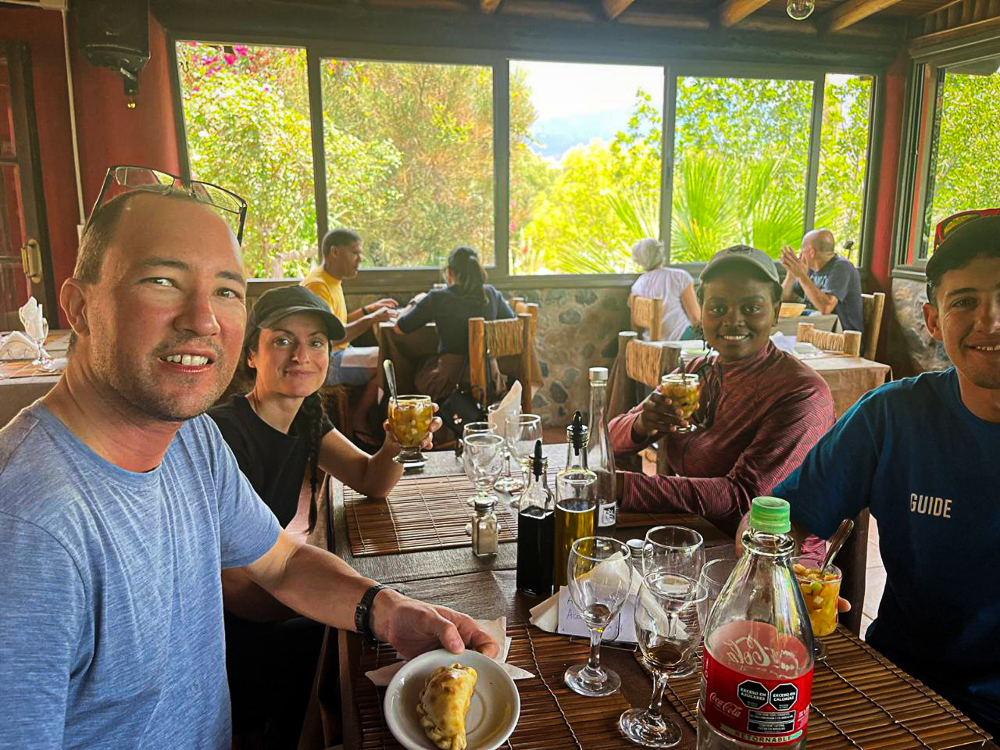

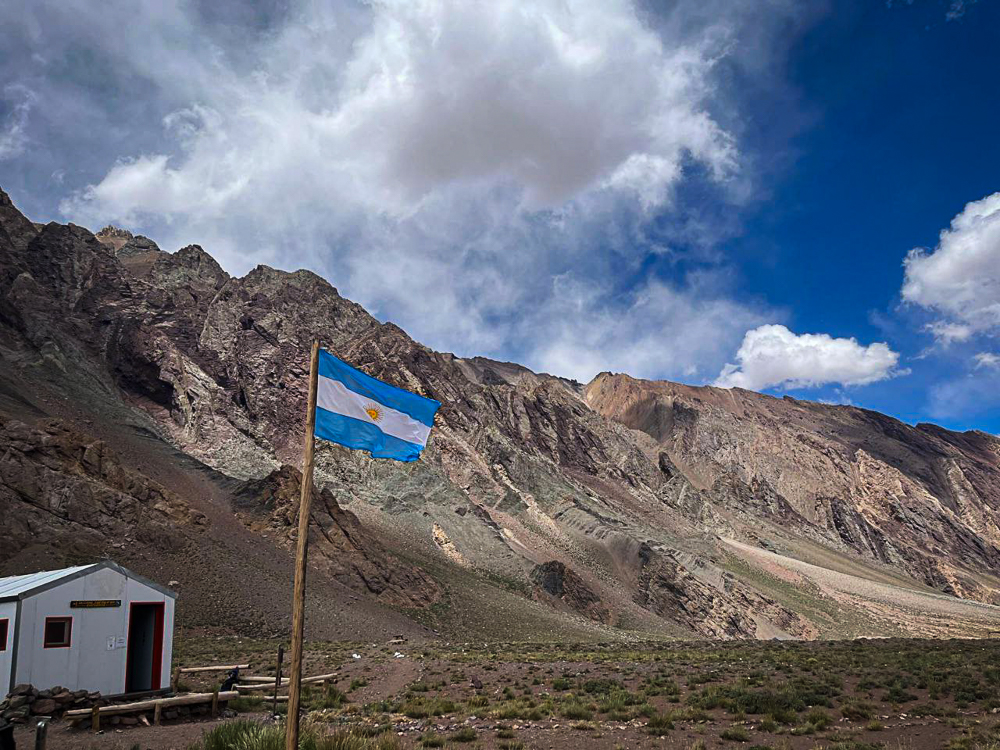
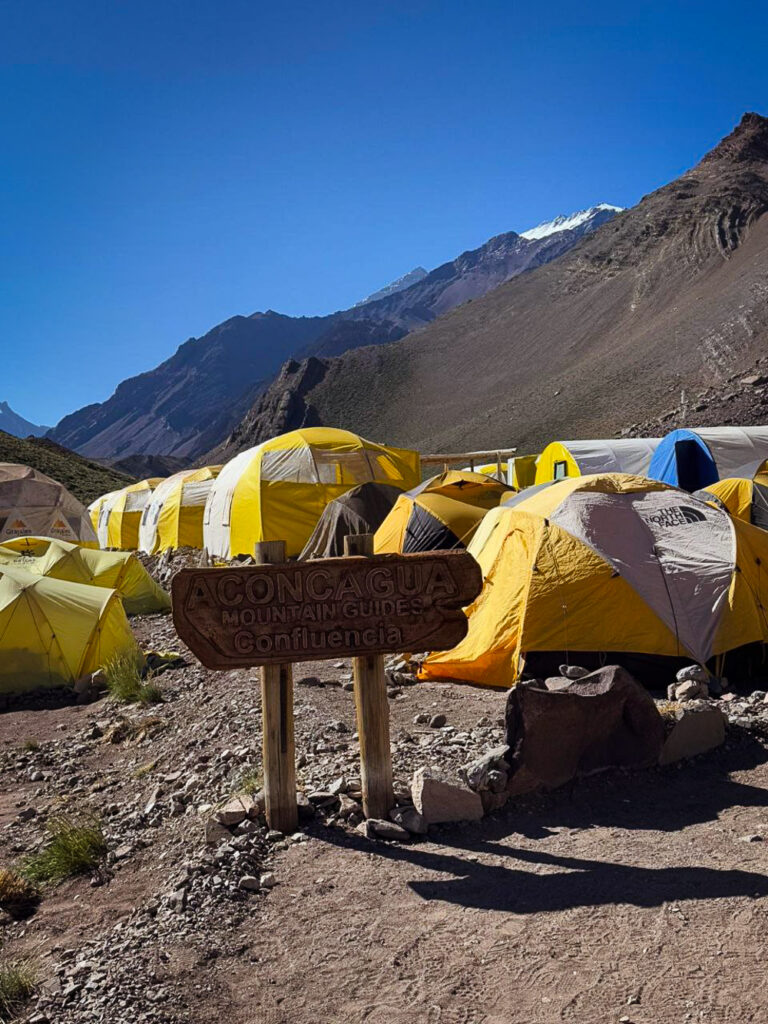

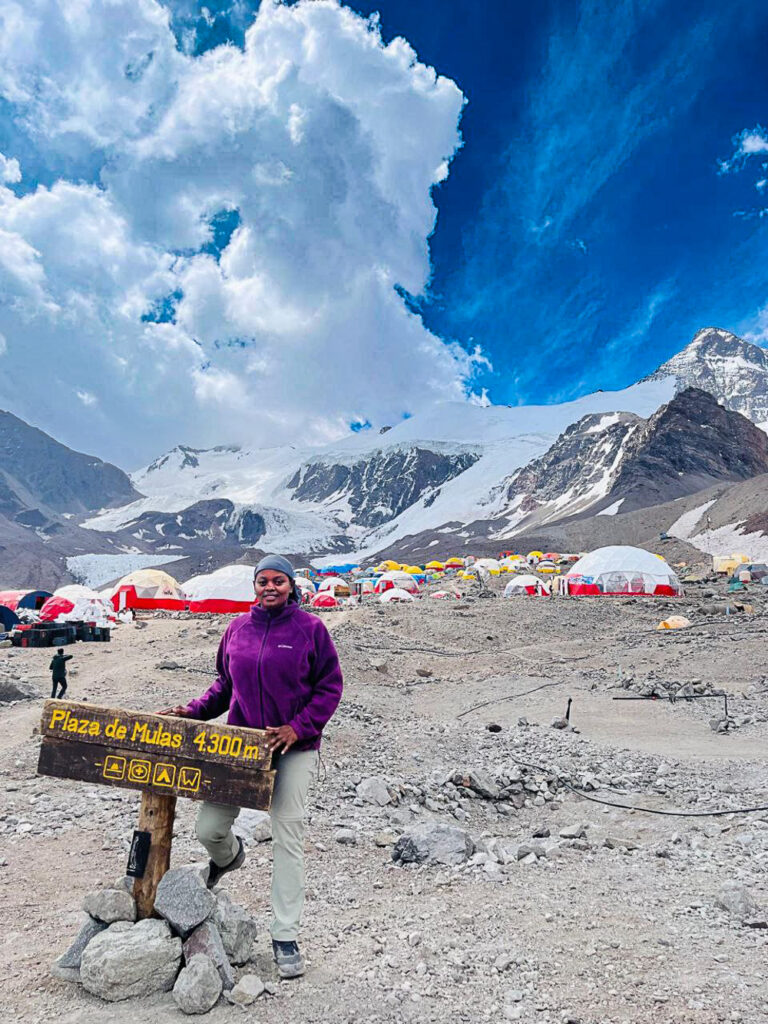
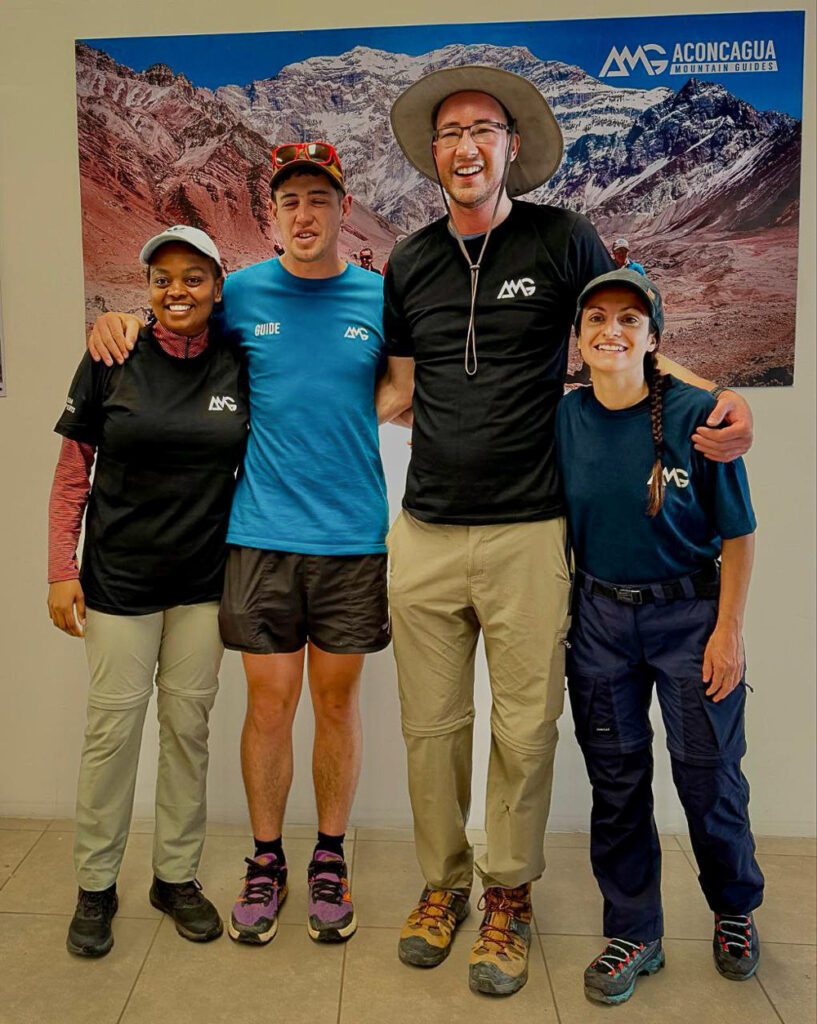
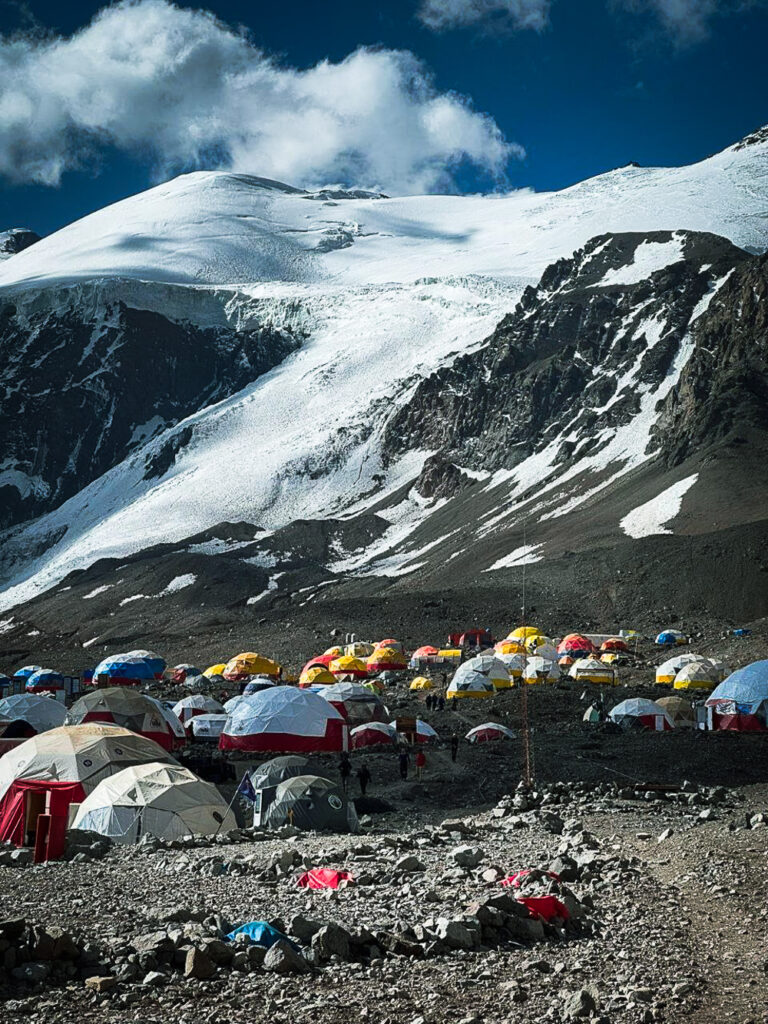
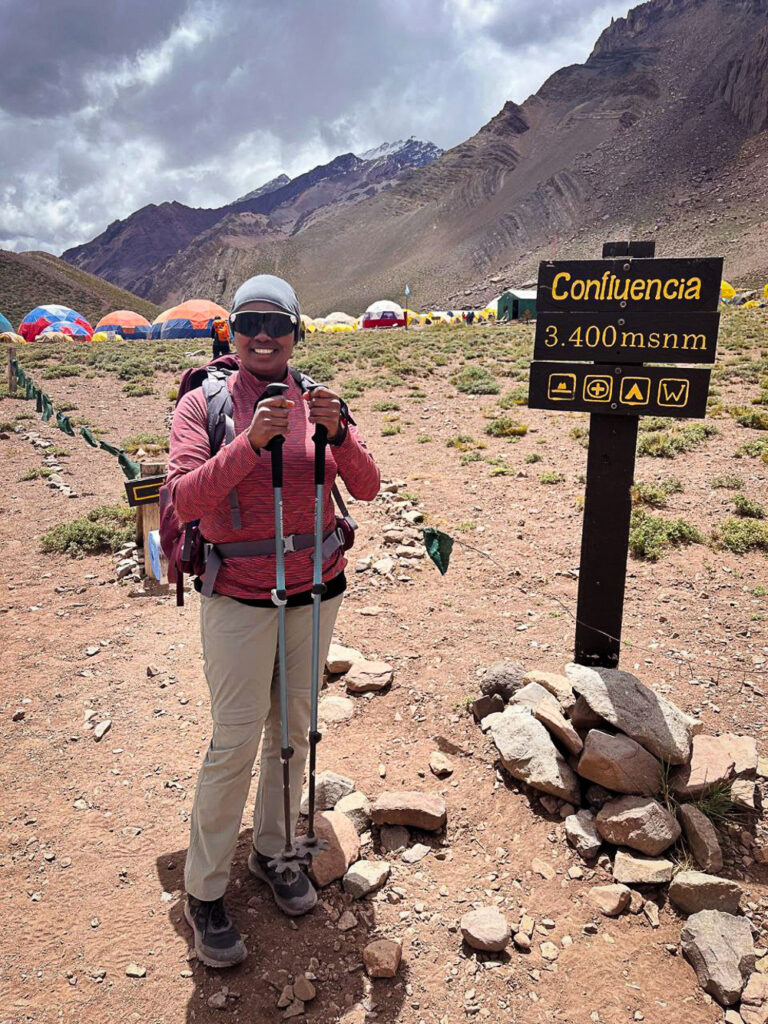
Battling Pulmonary Edema at High Altitude
At high altitudes, a serious condition known as High-Altitude Pulmonary Edema (HAPE) can develop due to lack of proper acclimatization. This occurs when fluid builds up in the lungs, making breathing difficult and potentially becoming life-threatening if untreated.
After arriving at Plaza de Mulas, we rested for a day before doing an acclimatization hike to 5,100m and back. However, the night before, I suffered from severe coughing and breathing difficulties, which weakened my body significantly.
By the following morning, my condition had worsened—I could barely walk or breathe. The camp doctors immediately diagnosed me with Pulmonary Edema, and I was evacuated by helicopter to Uspallata Hospital and later transferred to Lagomaggiore Hospital in Mendoza, Argentina, where I was admitted for three days for cardiology treatment.
Treatment for Pulmonary Edema:
- Immediate descent to a lower altitude
- Oxygen therapy
- IV fluids for hydration
- Medications such as Nifedipine to reduce pulmonary pressure
Lessons from Not Summiting Aconcagua
Not reaching the summit was emotionally and mentally challenging, but failure in mountaineering often comes with valuable lessons:
- Listen to Your Body – Recognizing when to stop can save your life.
- Respect for Nature – No matter how fit or experienced you are, weather, altitude, and terrain remain unpredictable.
- Mental Toughness & Perspective – Not summiting isn’t a defeat; it’s about knowing when to turn back while gaining a deeper understanding of limits and resilience.
- The Journey Is the Reward – Aconcagua is a test of endurance, patience, and grit. The experience itself, summit or not, is what truly matters.
- Learning from Failure – Those who don’t summit often become better climbers. I pushed myself too hard, didn’t acclimatize properly, and learned the importance of patience and preparation.
I Will Be Back!
This attempt was not the end—I will return to Aconcagua in the near future, stronger and better prepared. The lessons from this experience will shape my future climbs and ensure I approach the mountain with greater patience, strategy, and respect.
Have you ever faced failure in your own outdoor adventures? Share your story!
